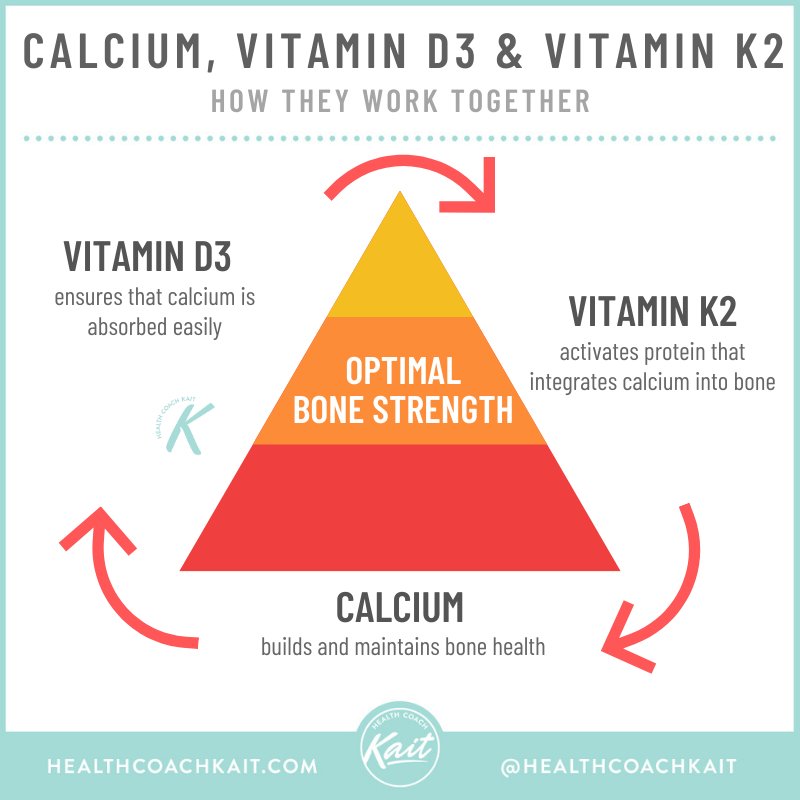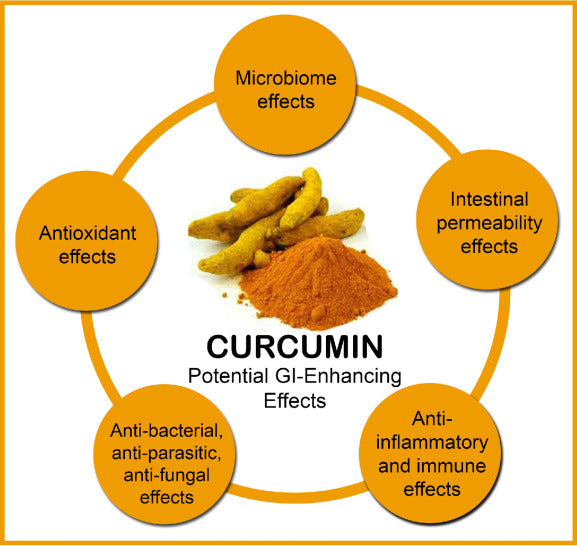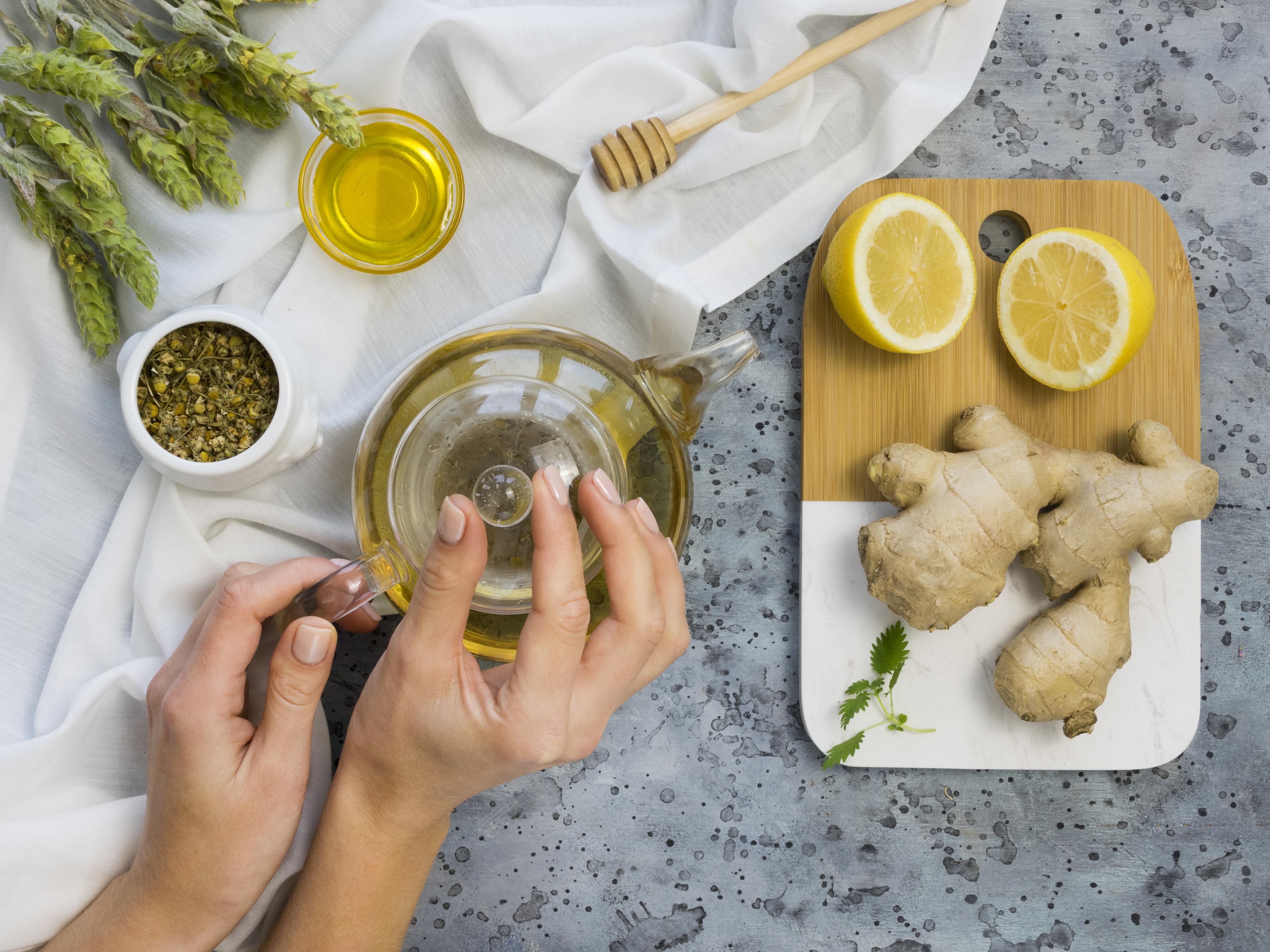Vitamin D and K2:
Vitamin D and K are both fat soluble vitamins. A good source of Vitamin K is Natto which is a fermented soybean. It also can be found in many green leafy vegetables, although not as high in concentration. Because it’s a fat-soluble vitamin it is found in many animal sources as well. Vitamin D3 is particularly found in fish, egg yolk and cheese. For vegans it can be found in Lichen. And of course, sunlight.
These vitamins have a synergistic relationship. Vitamin D3 helps with absorption of calcium and phosphorous, which helps with the integrity of your bones. Vitamin K takes calcium from the bloodstream and peripheral soft tissues and directs them into the bones. The integrity of your bones relies on BOTH of these things happening. Calcium absorption, assimilation, and utilization are sophisticated processes requiring adequate amounts of vitamin D3 and vitamin K2-7.
Because vitamin K takes calcium from soft tissues and helps with the deposition into your bones, is one of the ways it helps with your cardiovascular system. Calcific plaques that occur in arteries play a role in cardiovascular disease. Another way Vitamin K helps the cardiovascular system is with clotting. Lack of it can prolong your clotting time. In fact one of the ways, they measure that is a test called prothrombin time (PTT). A slow prothrombin time can be an indication you need vitamin K.
What is important is the delicate balance that is required to maintain what we call homeostasis. Either extreme can lead to a host of problems. Your bones are storage for many different types of minerals, in particular calcium. The lack of calcium in the bone and you lose integrity of the bone which leads to non-traumatic fractures. This is why when someone has fractures with little or no impact, it is speaking to a more nefarious metabolic process that is occurring that needs to be addressed.
The western diet has a profound lack of these nutrients. Given the important roles it plays in our bone and metabolic health, it can be said that it is the most important to make sure we are either getting in our diet or supplementing.
- Rees K, et al. Maturitas. 2010 Oct;67(2):121-8.
- Knapen MH, et al. Thromb Haemost. 2015 May;113(5):1135-44.
- Kamal AH, Tefferi A, Pruthi RK. How to interpret and pursue an abnormal prothrombin time, activated partial thromboplastin time, and bleeding time in adults. Mayo Clin Proc. 2007 Jul;82(7):864-73.
- Beulens JW, et al. Atherosclerosis. 2009 Apr;203(2):489-93.



